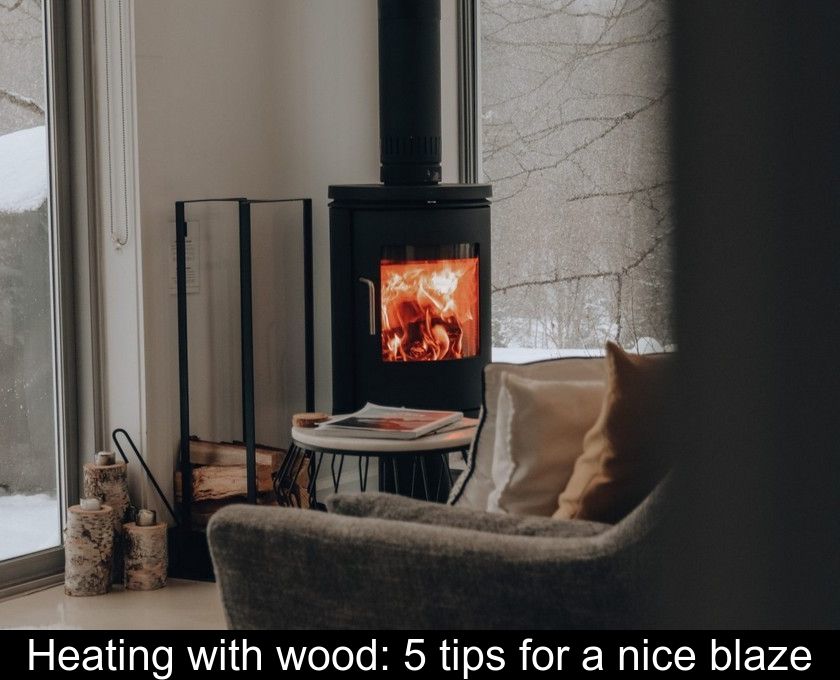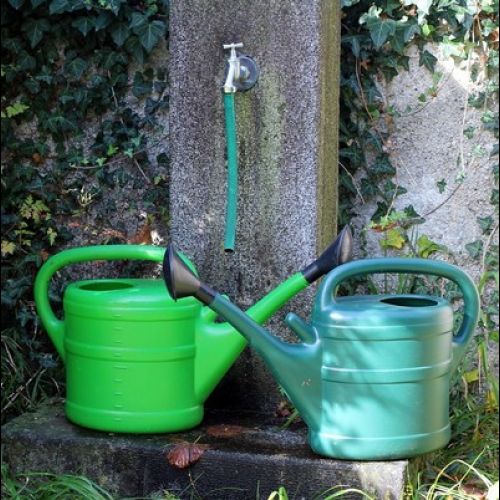Heating With Wood: 5 Tips For A Nice Blaze
With the rise in gas and electricity prices, more and more French people are opting for wood heating. This method of heating, both economical and ecological, can emit fine particles into the atmosphere if it is badly used. Here are 5 tips to know to make a nice flambé without polluting.
1- Use dry wood
The first of 5 tips to know about making a great blaze and getting the most out of your wood heat is to use good, dry wood.
Forget about wet wood, chipboard or wood salvaged from construction sites. To avoid polluting the atmosphere, firewood should not be not treated or painted.
Also, to produce more heat, the wood should be well dried, preferably split and have as little bark as possible.
If you do not cut your own wood but buy it, privilege the labels NF Bois de chauffage or France Bois Bûche.
After purchase, store your wood away from bad weather, if possible in a well-ventilated shelter. Put it on pallets for example so that it is not in contact with the ground and bring it back to your home 1 to 2 days before burning it.
If you cut your own wood, dry it in a ventilated shelter for at least 24 months before using it.
2- Use a closed fireplace
The government is proposing numerous aids, as part of the Climate and Resilience Law, to develop more efficient and less polluting domestic wood heating.
So you can take advantage of state aid to replace your old stove or fireplace with a new closed hearth wood stove.
If your wood-burning appliance dates from before 2002, replace it with a newer appliance, preferably one with the Flamme verte label or equivalent, and you'll feel the difference!
You won't regret this investment because you will enjoy a much more efficient heating system.
Indeed, open fireplaces (like an open fireplace) are less efficient and more polluting.
When you burn a log in an open fireplace, the energy efficiency is on average 10 to 15%. This means that 85-90% of the energy provided by the combustion of the log is lost.
In contrast, inserts and closed hearth stoves have energy efficiency of 70 to 85%. Some pellet stoves even have an efficiency of over 85%.
When purchasing, ask the installer for advice on choosing a properly sized appliance for the size of your home.
Oversized appliances are not more efficient, but generate more fine particles in the atmosphere.
3- Light the fire from above
Another one of the 5 tips you need to know to make a great flare-up without polluting is about starting the fire.
While the traditional method is to light the fire from below, according to ADEME, it is better to light the fire from above.
Indeed, with this method, the fumes generated by combustion are captured and consumed by the flames above them.
This method of ignition is therefore less polluting, but also more efficient and more economical in fuel.
In practice, start by stacking the larger diameter logs, then add the smaller diameter ones on top, spacing the individual pieces of wood well apart so that air can circulate.
Place a fire starter or crate on top before igniting the top of your stack.
4- Master the draw
When lighting the fire or reloading your wood-burning appliance, you must open all air intakes to get the fire going properly.
Only after the fire is well established can you reduce the air intakes, making sure to never close them completely.
These openings ensure a supply of oxygen essential to the combustion of the wood and thus a good draft in your chimney flue.
For reloading, note that it is best to put wood back into your appliance when the embers are still alive.
Also, you should never overload the fireplace, either at lighting time or when reloading.
5- Don't forget the maintenance of the device
If you decide to switch to wood heat to save money on your electric or gas bill, be aware that this heating method requires annual maintenance.
Annual maintenance is mandatory for wood boilers. It is also highly recommended for wood stoves and inserts.
To keep your heating appliance efficient, wood-saving and less polluting, it is very important to have the chimney swept at least once a year.
Indeed, according to ADEME, a deposit of one millimeter of soot in the flue is equivalent to 10% more wood consumed.






